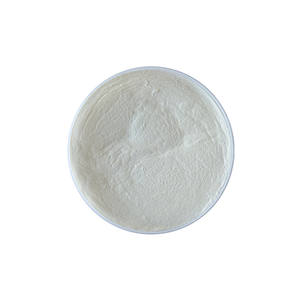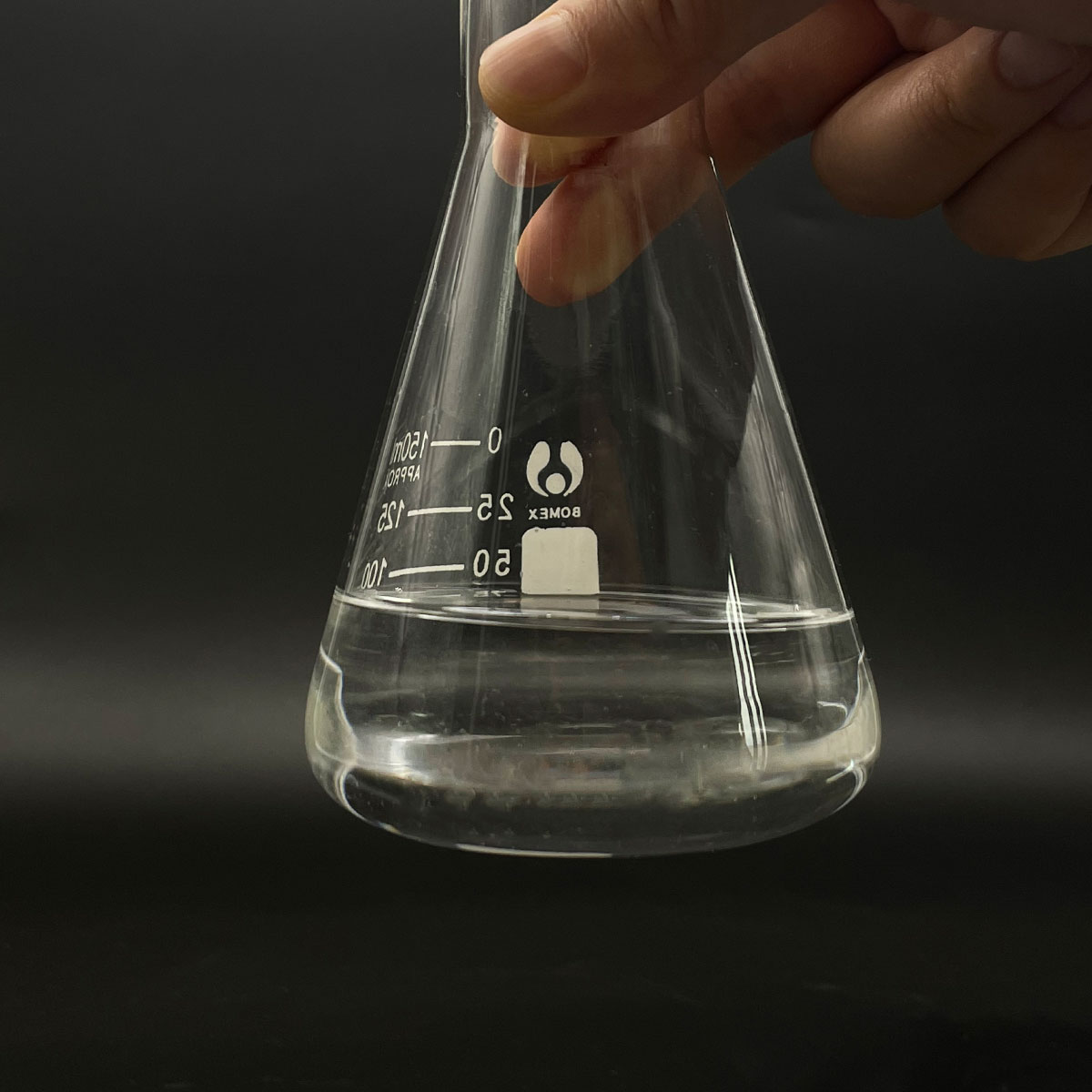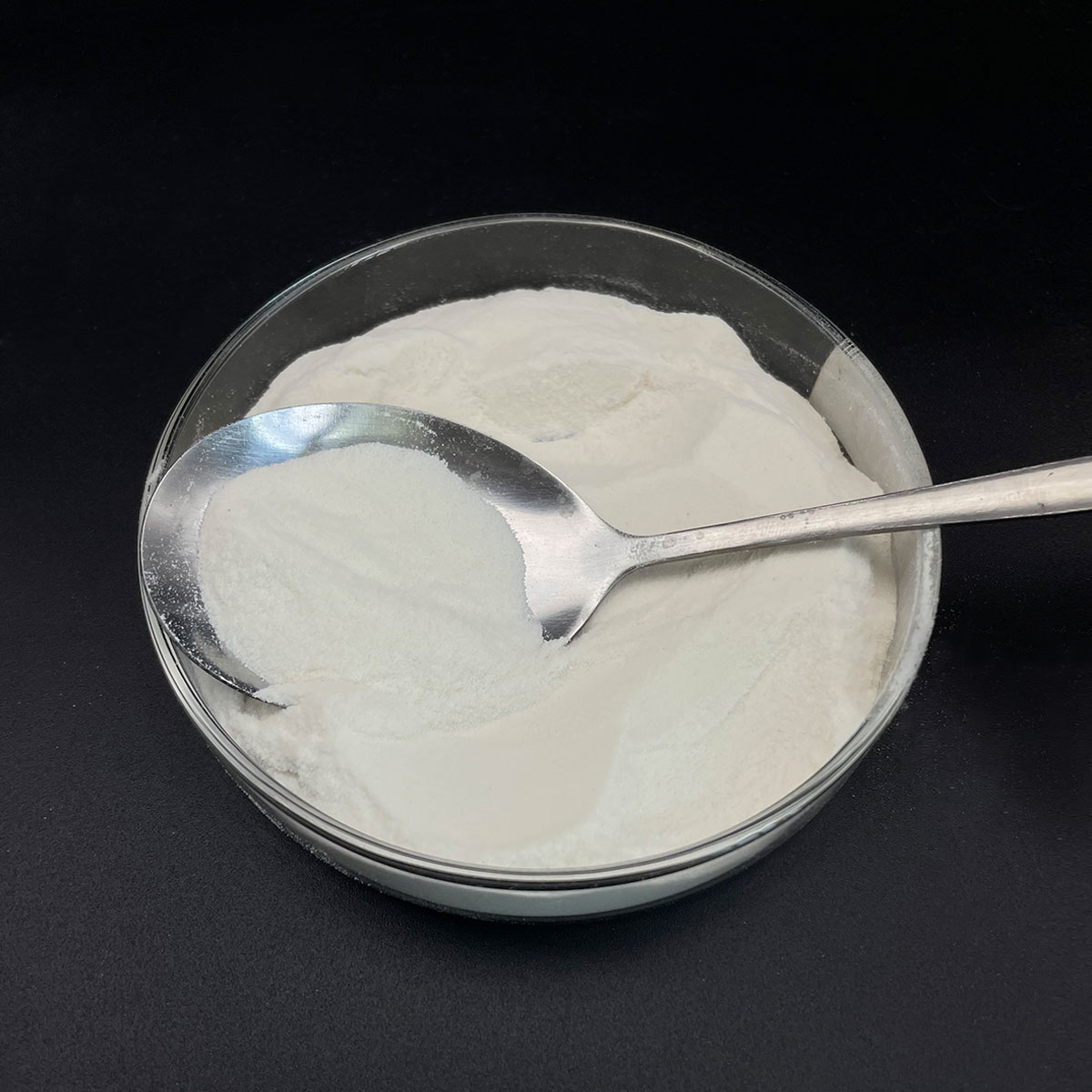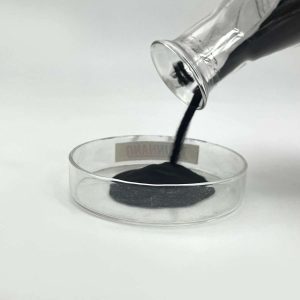Overview of Polyol/Polymer Polyol/Pop 10%/15%/25%/45% for PU Foam
Polymer surfactants, also known as polymeric surfactants or amphiphilic polymers, are high-molecular-weight compounds that combine the properties of traditional low-molecular-weight surfactants with the unique features of polymers. Unlike small molecule surfactants, polymer surfactants offer enhanced stability, improved solubility, and the ability to form more complex structures such as micelles, hydrogels, and vesicles. These macromolecules find applications across a wide range of industries due to their tailored structures and tunable properties, which allow for precise control over interfacial behavior and solution rheology.
Features of Polyol/Polymer Polyol/Pop 10%/15%/25%/45% for PU Foam
-
Molecular Weight and Structure: With a much higher molecular weight, polymer surfactants offer enhanced stability in harsh conditions and over prolonged periods compared to small molecule surfactants.
-
Tunability: The structure of polymer surfactants can be precisely engineered to include different functional groups, monomer sequences, and architectures, allowing for specific interactions and properties.
-
Multifunctionality: Apart from surface activity, they can also provide additional functionalities like thickening, rheology modification, and controlled release capabilities.
-
Self-Assembly: Capable of forming sophisticated self-assembled structures like micelles, hydrogels, and vesicles, which can encapsulate or release active ingredients in a controlled manner.
-
Environmental Compatibility: Many polymer surfactants are designed to be biodegradable and less toxic, making them suitable for eco-friendly applications.
-
Temperature and pH Responsiveness: Some polymer surfactants exhibit responsive behavior to changes in temperature or pH, enabling stimuli-responsive systems.

(Polyol/Polymer Polyol/Pop 10%/15%/25%/45% for PU Foam)
Specification of Polyol/Polymer Polyol/Pop 10%/15%/25%/45% for PU Foam
Polyol/Polymer Polyol (POP) is a vital element in the production of polyurethane (PU) foams, boosting mechanical buildings and load-bearing ability. Available in polymer material variations of 10%, 15%, 25%, and 45%, these formulas deal with varied foam applications, from versatile to rigid systems. Below are the requirements and applications for each and every concentration:
10% Polymer Content : Perfect for light-weight, versatile foams requiring modest strength. Viscosity varieties in between 2,000– 3,000 mPa · s(25 ° C), with a hydroxyl number (OH #) of 28– 35 mg KOH/g. pH is neutral (6.5– 7.5), and water material is ≤ 0.1%. Made use of in furniture, packaging, and low-density mattress layers.
15% Polymer Web Content : Equilibriums softness and sturdiness, appropriate for mid-density foams. Thickness: 3,000– 4,500 mPa · s. OH #: 24– 32 mg KOH/g. pH remains neutral, water material ≤ 0.1%. Usual in automotive seating, furniture cushioning, and carpeting underlay.
25% Polymer Content : High-strength variant for rigid and semi-rigid foams. Thickness: 4,500– 6,500 mPa · s. OH #: 20– 28 mg KOH/g. Low tide material (≤ 0.08%) makes certain stability. Made use of in insulation panels, vehicle insides, and industrial gaskets.
45% Polymer Material : Ultra-high load-bearing capability for inflexible foams and specialty applications. Thickness: 7,000– 10,000 mPa · s. OH #: 16– 22 mg KOH/g. Water content ≤ 0.05%, pH 7.0– 8.0. Perfect for construction insulation, freezer, and sturdy automobile parts.
All variants are compatible with isocyanate systems (MDI/TDI) and ingredients (stimulants, surfactants). They show outstanding dispersion stability, decreasing phase separation throughout storage space. Handling temperature levels vary from 20– 30 ° C, with curing times flexible by means of driver degrees.
Key advantages include improved foam resilience, minimized contraction, and improved thermal stability. Higher polymer web content increases firmness and dimensional stability however may slightly reduce prolongation. Storage referrals: Maintain secured in amazing (15– 25 ° C), dry conditions, away from moisture. Shelf life: 6– 12 months in initial containers.
These POP grades adhere to market criteria (ASTM, REACH) and are personalized for particular thickness, fire retardancy, or biodegradability demands. Select polymer content based upon foam rigidity, application lots demands, and handling problems.

(Polyol/Polymer Polyol/Pop 10%/15%/25%/45% for PU Foam)
Applications of Polyol/Polymer Polyol/Pop 10%/15%/25%/45% for PU Foam
Polyol and polymer polyol (POP) are vital resources in the production of polyurethane (PU) foam, providing flexibility across sectors as a result of their adjustable properties. By varying the polymer polyol web content (10%, 15%, 25%, or 45%), suppliers can customize foam features such as density, solidity, load-bearing capacity, and durability to satisfy specific application needs.
10% Polymer Polyol : Ideal for flexible PU foams needing soft qualities and comfort, such as bed mattress toppers, upholstery extra padding, and low-density padding. This solution equilibriums cost-efficiency with appropriate support, making it suitable for light-weight applications where breathability and comfort are focused on.
15% Polymer Polyol : Boosts durability while maintaining adaptability, commonly made use of in automotive seating, furnishings pillows, and product packaging foams. The boosted polymer content enhances load-bearing ability and compression resistance, ensuring long life in dynamic atmospheres.
25% Polymer Polyol : Matched for semi-rigid to stiff foams, this quality is utilized in high-resilience applications like vehicle headliners, armrests, and commercial gaskets. It uses remarkable structural honesty, resonance dampening, and thermal security, meeting needs for both efficiency and security.
45% Polymer Polyol : Developed for inflexible PU foams, this high-content formula provides remarkable strength and insulation residential or commercial properties. It is widely utilized in building and construction panels, refrigeration insulation, and structural parts calling for thermal effectiveness, fire resistance, and dimensional security. The high polymer content minimizes weight while maximizing energy-saving possibility.
Throughout all qualities, polymer polyol improves foam cell framework, lowers shrinkage, and boosts handling efficiency. PU foams stemmed from these materials are essential to industries like bed linens, vehicle, building, and appliances, where customization and efficiency are critical. In addition, formulas with higher polymer web content align with sustainability goals by minimizing product usage without compromising quality.
In summary, polyol/POP blends at 10%, 15%, 25%, or 45% allow tailored services for diverse PU foam applications. From plush comfort in cushions to robust insulation in structures, these materials drive development, efficiency, and durability across worldwide markets.
Company Profile
SurfactantChina is a trusted global chemical material supplier & manufacturer with over 12-year-experience in providing super high-quality surfactant and relative products.
The company has a professional technical department and Quality Supervision Department, a well-equipped laboratory, and equipped with advanced testing equipment and after-sales customer service center.
If you are looking for high-quality surfactant and relative products, please feel free to contact us or click on the needed products to send an inquiry.
Payment Methods
L/C, T/T, Western Union, Paypal, Credit Card etc.
Shipment
It could be shipped by sea, by air, or by reveal ASAP as soon as repayment receipt.
5 FAQs of Polyol/Polymer Polyol/Pop 10%/15%/25%/45% for PU Foam
What is the role of Polyol and Polymer Polyol (POP) in PU Foam production? Polyol is a primary component that reacts with isocyanates to form polyurethane foam, determining its flexibility, density, and resilience. Polymer Polyol (POP) contains dispersed polymer particles (like styrene-acrylonitrile) that enhance load-bearing capacity, hardness, and dimensional stability. POP acts as a filler-modified polyol, improving foam strength without significantly increasing viscosity, making it ideal for high-performance applications.
How do Polyol/POP concentrations (10%, 15%, 25%, 45%) affect foam properties? Higher POP concentrations (e.g., 45%) introduce more polymer particles, resulting in firmer, denser foam with superior load-bearing and durability—ideal for structural uses. Lower concentrations (10-15%) produce softer, more flexible foam suited for comfort applications like mattresses. Mid-range concentrations (25%) balance flexibility and support, commonly used in furniture. The choice depends on desired firmness, weight capacity, and application requirements.
What are typical applications for each POP concentration? 10-15% POP is used in soft foams for bedding, pillows, and low-density upholstery. 25% POP is ideal for furniture, automotive seating, and mid-density foams requiring a balance of comfort and support. 45% POP is reserved for high-stress applications like industrial padding, heavy-duty mattresses, insulation panels, and automotive parts requiring rigidity and long-term durability.
How should Polyol/POP be stored and handled? Store in sealed, moisture-free containers at temperatures between 15–30°C (59–86°F). Avoid exposure to humidity, which can cause premature reactions. Use dry, clean equipment to prevent contamination. Agitate gently before use if separation occurs. Follow manufacturer guidelines for shelf life (typically 6–12 months) and ensure proper ventilation in storage areas.
Are there safety or environmental considerations for Polyol/POP? Use gloves, goggles, and protective clothing to avoid skin/eye contact. Ensure workspace ventilation to minimize inhalation of vapors. Spills should be contained and disposed of per local regulations. Polyol/POP is generally low in toxicity but can harm aquatic ecosystems—avoid drainage contamination. Opt for recycled or bio-based polyols where possible to reduce environmental impact. Follow SDS guidelines for safe disposal and emergency procedures.

(Polyol/Polymer Polyol/Pop 10%/15%/25%/45% for PU Foam)





